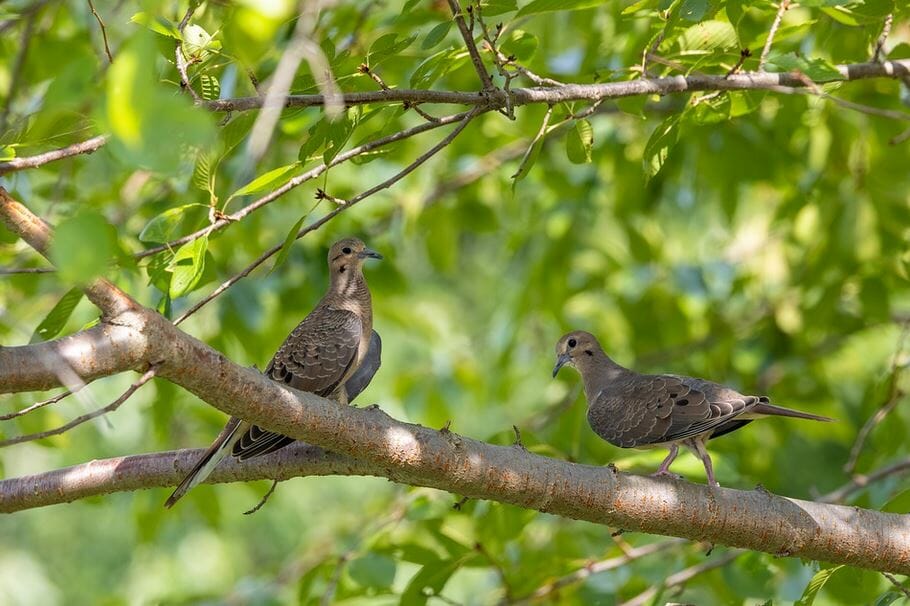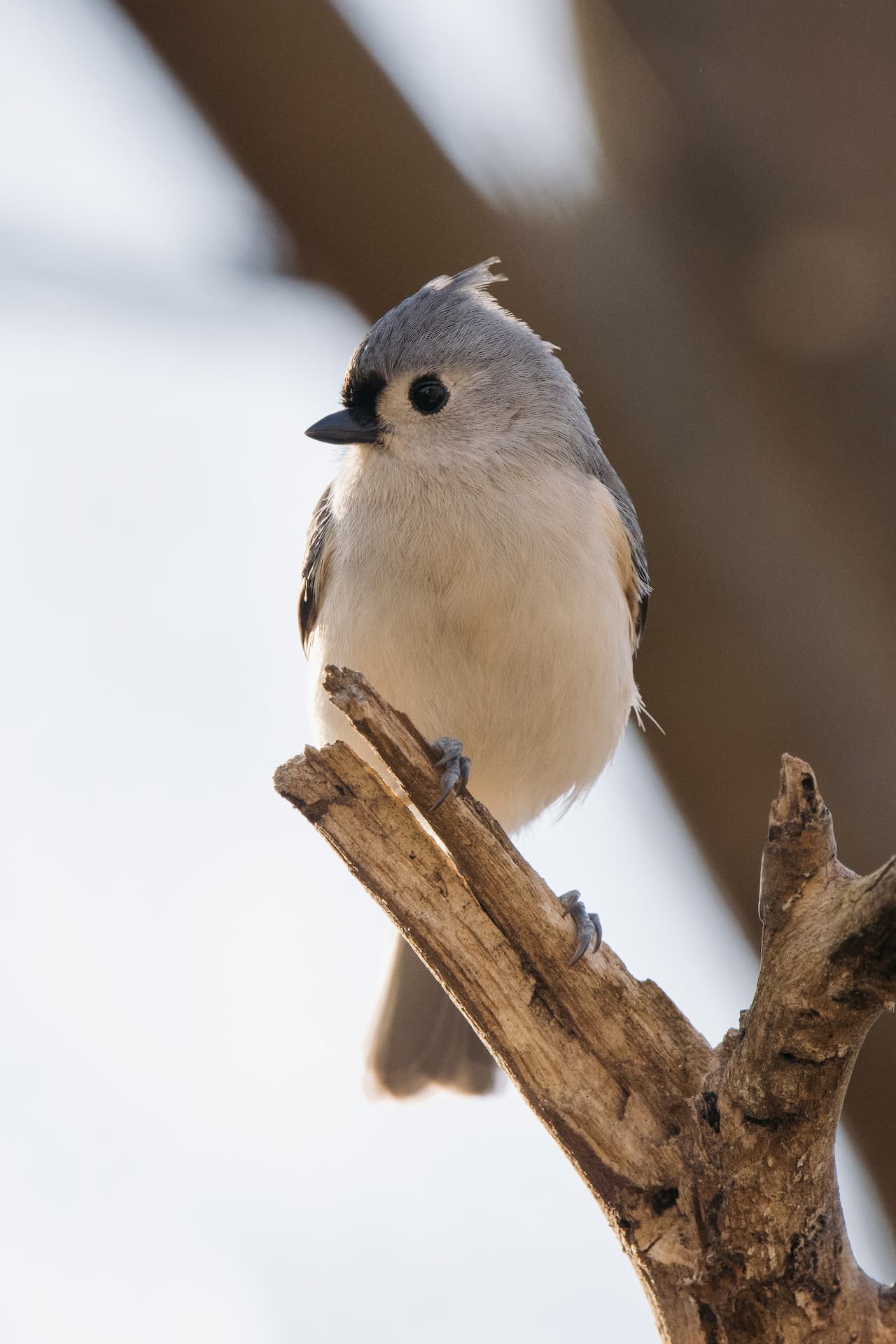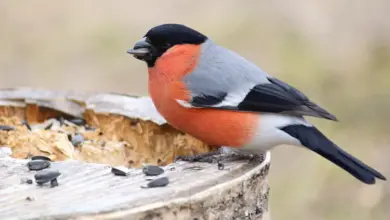King Pigeons
The King Pigeons was developed in the United States in the 1890s by crossing four older varieties, specifically:
- the Duchess for grace,
- the Homer for alertness,
- the Maltese for compactness and style, and
- the Runt for body and size.
King Pigeons – along with other varieties of domesticated pigeons – are descendants from the Rock Pigeon (Columba livia).
Description
King Pigeons is by many deemed to be one of the most beautiful of all the pigeon breeds.
Its body is quite round in shape and it has been bred in many colors and patterns.
It is a very large pigeon that can weigh up to 32 oz (900+ g). However, the average weight is about 20 oz (~ 570 g). This pigeon could appear “plump” – but its size is actually more in height than in width – which may be the reason why there were named “King.”
They can’t be visually sexed, as both males and females look alike. However, close observation of their interactions usually allows for a fairly accurate gender identification.
This breed also has a variety bred for exhibition purposes at pigeon shows. They are referred to as “Show Kings” to distinguish it from the meat utility variety. It is one of the most popular show birds in the United States and globally. Please refer to below “show standards“.
Personality and Pet Potential:
Elizabeth Young, Mickaboo Rescue Coordinator, describes this pigeon species as follows:
“King pij, bred just to be eaten, are incredibly charismatic, smart, sweet (and/or sassy). They love life and they want to live. And their feral cousins, the free flying pigeons of our cities are just as amazing (and much more athletic). “
They make great pets. They’re sweet, smart, calm and full of personality but, because people aren’t aware of them, they often can’t find good homes. Kings are domestic bred to be eaten as “squab” but some escape or are set free. Kings can’t survive in the wild and the lucky ones end up in shelters but they are at high risk of euthanasia if not adopted into permanent homes.
Show Standards / Exhibition Kings:
Weights and Measurements
- Mature Birds: 30 to 37 ounces
- Young Birds: 28 to 34 ounces
The above must be adhered to in weights.
Height: Eleven and three quarters inches (11 ¾”).
Width: Extremity of chest, five and one half inches (5 ½”).
Depth: The depth to be four and one half inches (4 ½”).
Length: Tip of tail to chest extremity, nine and one half inches (9 ½”).
Legs: Legs to be of such length as to show approximately two and five eighths inches (2 5/8″) from center of one shank to center of other.
General:
- Cocks should be masculine in appearance. Hens should be feminine in appearance.
- Birds of unkempt appearance, or birds that refuse to show good station of proper manners, lose points.
STANDARD COLORS
Solid Patterns
- White: Pinkish white beak; bull eyes; beet red eye cere; white toe nails; color is white and free from off colored feathers.
- Red: Horn colored beak; bright orange eyes; beet red eye cere; horn colored toe nails; color is a dark, rich red over entire surface with richness of color carrying down as near the skin as possible, showing no foreign color or ticking.
- Yellow: Horn colored beak; bright orange eyes; beet red eye cere; horn colored toe nails; color a dark yellow over entire surface with richness of color carrying down as near the skin as possible, showing no foreign color or ticking.
- Black: Black beak; bright orange eyes; beet red eye cere; black toe nails; color a rich solid jet black with a brilliant sheen. The neck and upper part of the breast to show a green metallic luster. Richness of color carrying down as near the skin as possible, showing no foreign color or ticking.
- Dun: Horn colored beak; bright orange eyes; beet red eye cere; horn colored toe nails; color the dilute of black, gun-metal color over entire surface with richness of color carrying down as near the skin as possible, showing no foreign color or ticking.
- Brown: Horn colored beak; pearl eyes; beet red eye cere; horn colored toe nails; color a rich chocolate or cocoa over entire surface with color carrying down as near the skin as possible showing no foreign color or ticking.
Barred Patterns
- Brown Bar: Horn colored beak; pearl eyes; beet red eye cere; horn colored toe nails; color a clear, silvery blue. The neck is still a darker shade of silvery blue with a brilliant greenish metallic luster. Wings show two well defined bars running in a curved V-shape across the wing coverts. The bars to be dark chocolate in color, approximately one inch apart at the bottom of the wing-coverts and come nearly together as they approach the top of the wing. A similar dark bar approximately three quarters of an inch wide at tip of the tail. Silver is preferred, but white is permissible over rump.
- Blue Bar: Black beak; bright orange eyes; beet red eye cere; black toe nails; color a rich even shade of sky blue. The neck is a still darker shade of clear blue with a brilliant greenish metallic luster. Wings show two well defined bars running in a curved V-shape across the wing coverts. The bars are to be black color, approximately an inch apart at the bottom of the wing-coverts and come nearly together as they approach the top of the wing. A similar black bar approximately three quarters of an inch wide at the tip of tail. Blue is preferred, white permissible over rump.
- Silver Bar: Horn colored beak; bright orange eyes; beet red eye cere; horn colored toe nails; color a rich even shade of silvery-gray. The neck is a darker shade of gray with a brilliant greenish metallic luster. Wings show two well-defined bars running in a curved V-shape across the wing coverts. The bars are to be a dark dun color, approximately an inch apart at the bottom of the wing-coverts and come nearly together as they approach the top of the wing. A similar dark dun bar approximately three quarters of an inch at the tip of the tail. Silver-gray preferred, white permissible over rump.
- Ash Red Bar: Horn colored beak; bright orange eyes; beet red eye cere; horn colored toe nails; color a rich even shade of ash-gray. The neck is red with a brilliant greenish metallic luster. Wings show two well defined bars running in a curved V-shape across the wing coverts. The bars to be a chestnut red, approximately an inch apart at the bottom of the wing-coverts and come nearly together as they approach the top of the wing. The darker tail bar is absent. Black or brown flecking is permitted in wing flights and tail rectrices (= the long flight feathers of the tail). Ash-gray is preferred but white is permissible over the rump.
- Ash Yellow Bar: Horn colored beak; bright orange eyes; beet red eye cere; horn colored toe nails; color a rich even shade of light gray. The neck is yellow with a brilliant greenish metallic luster. Wings show two well defined bars running in a curved V-shape across the wing coverts. The bars to be yellow approximately an inch apart at the bottom of the wing-coverts and come nearly together as they approach the top of the wing. The darker tail bar is absent. Dilute color flecks permitted in wing flights and tail rectrices (= the long flight feathers of the tail). Light gray is preferred but white is permissible over rump. A.O.C.: Any color or pattern not recognized in the American King Club Standard may be shown as an A.O.C. King
Related Web Resources: (Columbidae – Please see also Doves) … Pigeon Information … Pigeon Intelligence and Amazing Facts … Species / Breeds … Breed Photo Gallery




